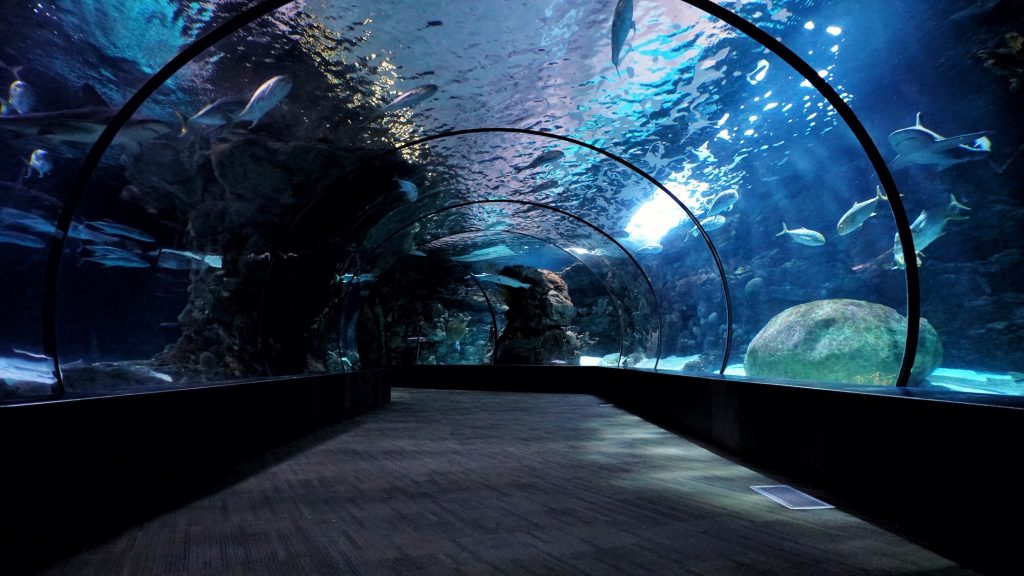Who hasn’t been fascinated by the vast collection of animals in the zoo, especially when they were young? At one point, after a day at the zoo or in an ocean park, we must have all dreamed of running our own. In reality, maintaining a zoo or an aquarium is not an easy task. One has to do his best to replicate the animals’ natural habitat in order for them to be healthy, at ease, and comfortable in their environment. Zoos and aquariums need to be properly tended as these spaces usually house nearly extinct or endangered animals. Without proper care and attention to these animals’ welfare, future generations will only get to see sea lions, penguins, and elephants in books and online.
Good thing, technology has also crept its way in this area. Nowadays, the greatest challenge for administrators of zoos and aquariums is minimizing cost. Oftentimes, zoos and water parks tend to shut down because of the overwhelming expenses that they can no longer pay for. Electricity and water expenses must be sky-high if you could imagine.
With the help of technology, great specifications have been devised in order for these facilities to save on cost and energy, leading to well-maintained and energy-saving infrastructures that could probably house a good number of animals that could probably still reproduce if properly cared for.
Energy-saving Technologies
At the Denver Zoo, they figured out a way to make use of animal poop and human trash in order to power up the zoo. If permitted, these raw materials will make up for 20% of the zoo’s power.
When poop and trash are converted into viable fuel through the zoo’s process of gasification, it will not only be of good use as electricity but will also be a good source of heat that could keep animal pools warm and in perfect temperatures for elephants and other animals.
Meanwhile, the Woodland Park Zoo has managed to provide an illusion of beaches, waves, and burrows for their Humboldt penguins, simply by using an efficient design. Unlike other aquariums, Woodland Park, instead of draining millions of gallons or some of it to clean their aquarium came up with a process that mimics the natural water cycle.
The place is also designed that the water is filtered naturally by the roots of plants. Heating the water to satisfy their penguin’s constant craving for a 55°F bath water is also not a problem as they could easily tap into their own supply of geothermal power to keep their water at perfect temperatures.
Bottom Line
Aside from these, there are other great innovations meant for zoos and aquariums that are made out of genius, like an idea by Chicago’s Shed Aquarium to use 85-watt LEDs to mimic underwater lighting that gives sea animals the illusion of water depth.
In this case, truly, our needs make us humans more creative. Thanks to technology we put our creativity to good use. But what is really inspiring about this is that we not only think of ourselves but the creatures that we share the Earth with also.
